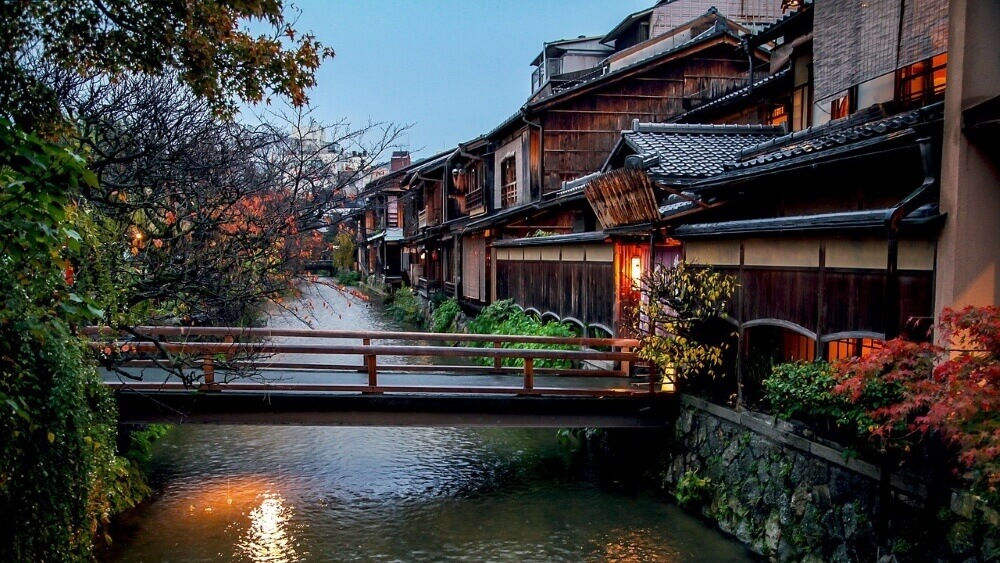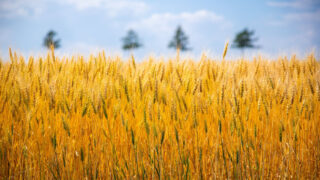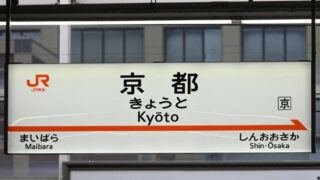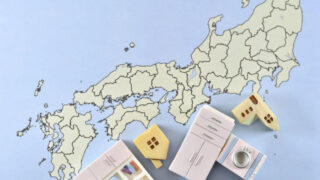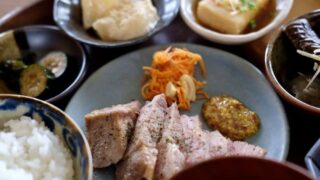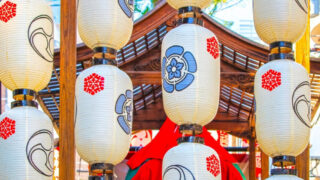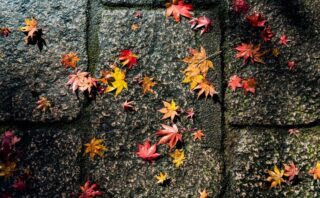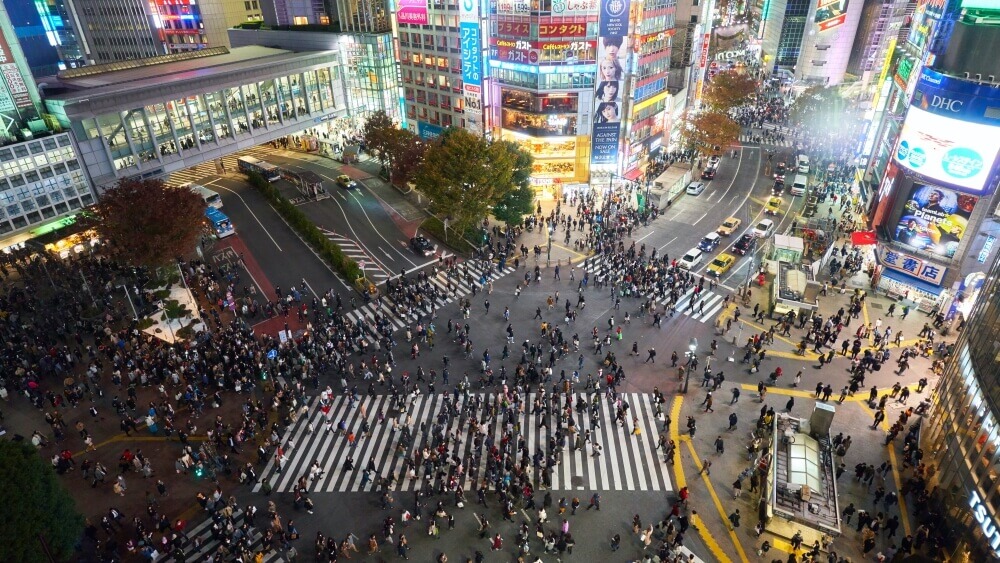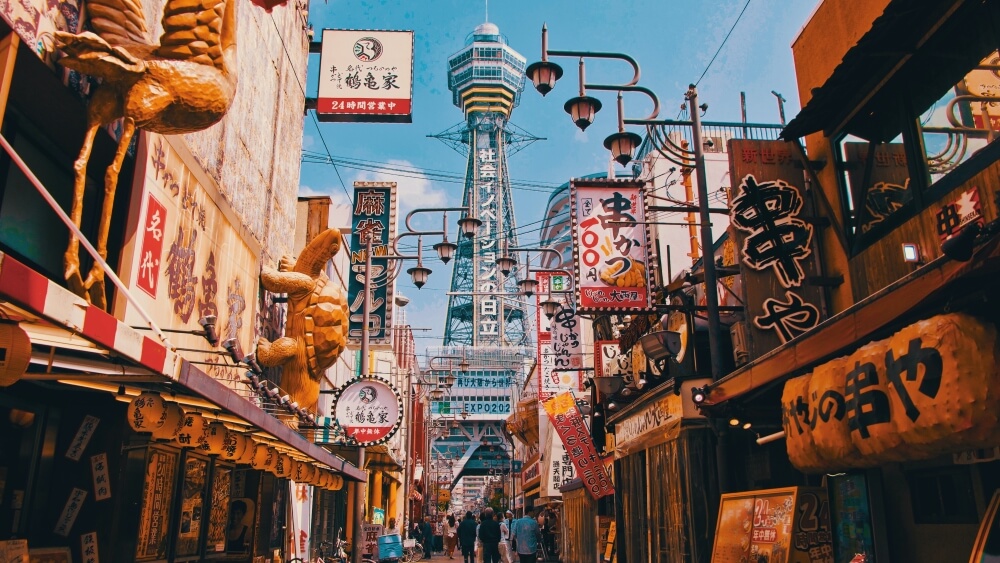Welcome to Kyoto, a prefecture where the charm of traditional Japanese culture comes to life. In this comprehensive prefecture guide, you’ll find useful information for both tourism and daily life.
Kyoto Basic Information
Overview of Kyoto
- Prefecture name: Kyoto
- Area: 827.83 km2 (31st / 47 prefectures)
- Population: 14,094,034 (13th / 47 prefectures)
- Website: https://www.metro.tokyo.lg.jp/
Kyoto Prefecture is a hub of Japan’s historical and cultural heritage, with Kyoto City at its heart. Over half of the prefecture’s residents live there, and Kyoto City is one of the most popular sightseeing sites in Japan, drawing visitors from around the world.
Kyoto is home to traditional shrines and temples, stunning gardens, and a rich cultural heritage. The city is also famous for its cherry blossoms in spring and vibrant autumn leaves, making each season a memorable experience. Traditional culinary treats like Obanzai cuisine and Matcha add an extra touch of charm. It’s a must-visit destination, especially for those who love history and culture.
Location and Access
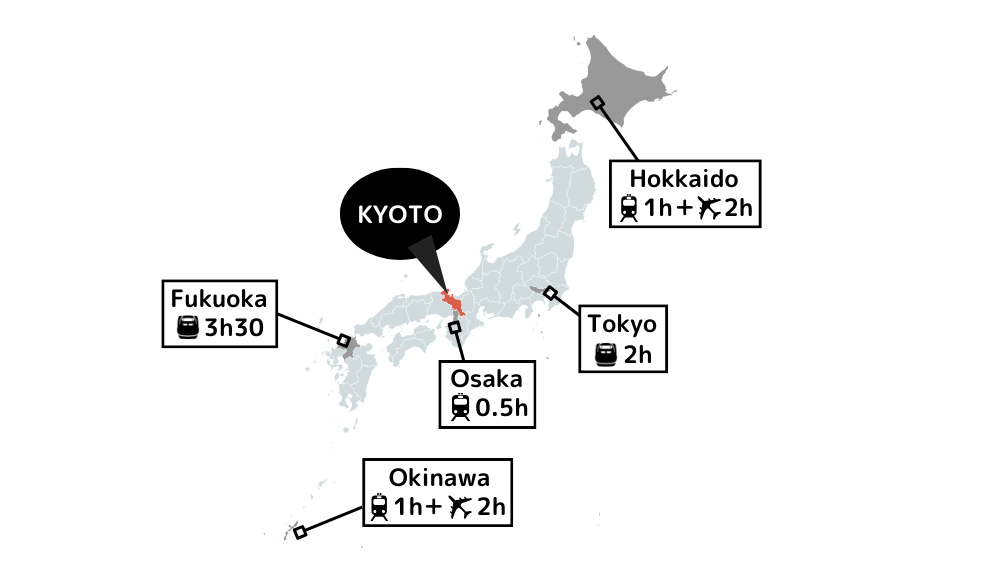
Situated slightly to the west of Japan’s centre, Kyoto is a representative prefecture in the Kansai region. It is easily accessible from major cities like Osaka and Tokyo through Shinkansen (bullet trains) and express trains. Although there is no airport in Kyoto, you can easily access Itami Airport or Kansai International Airport by train.
Access from Hokkaido:
- By Plane: Take a direct flight from New Chitose Airport to Itami Airport or Kansai International Airport, and then bout 1 hour by direct train to Kyoto station, taking approximately 4.5 hours including transfer time.
Access from Tokyo:
- By Shinkansen: Plenty of direct Shinkansen are available from Tokyo to Kyoto Station, which takes about 2 hours.
Access from Osaka:
- By Train: Approximately 30 minutes by JR from Shin-Osaka station to Kyoto station, or about 1 hour by Hankyu line from Umeda station to the centre of Kyoto city.
Access from Fukuoka:
- By Shinkansen: The direct Shinkansen from Hakata to Kyoto takes approximately 3.5 hours.
Access from Okinawa:
- By plane: A direct flight from Naha Airport to Itami or Kansai International Airport takes about 2 hours. Then, take a direct train to central Kyoto, which takes about 1 hour. The total travel time is approximately 4.5 hours.
Climate in Kyoto

Kyoto has an inland climate with large temperature differences between winter and summer, but it offers the beauty of nature through its changing seasons.
Spring (March to May): A beautiful season with cherry blossoms with refreshing breezes.
- Average maximum temperature: 16-25°C
- Average minimum temperature: 5-15°C
Summer (June to August): A lively season with many festivals, featuring high temperatures and humidity.
- Average maximum temperature: 28-35°C
- Average minimum temperature: 20-25°C
Autumn (September to November): The most beautiful season, but be aware of the temperature difference between mornings and evenings.
- Average maximum temperature: 18- 28 °C
- Average minimum temperature: 8-18°C
Winter (December to February): It becomes relatively cold, occasionally dropping below zero degree.
- Average maximum temperature: 8-15°C
- Average minimum temperature: 0-5°C
Transportation in Kyoto
Kyoto is easy to get around, thanks to its extensive bus and subway networks. The city’s grid-like street layout also helps visitors navigate the city without getting lost. In areas outside of Kyoto city, Japan Railways (JR) and buses are the main ways to travel.
Some spots, like Kinkaku-ji and Kamigamo Shrine, are a bit harder to reach by train and might require a bus ride. Renting a bike is also a great option in Kyoto, with its mostly flat terrain, allowing you to explore the city at your own pace.
Train
Kyoto city’s trains primarily consist of JR, private subway and Randen. JR provides direct routes to places like Kyoto Station, Nara, and Osaka, facilitating smooth travel within and outside the city. Randen and the subway offer access to the city centre, making them ideal for sightseeing. IC transportation cards and day passes are also provided.

Bus
While city buses cover the main tourist attractions, multiple bus companies operate bus services in the city. Some routes only have announcements in Japanese, so it can be challenging for foreign tourists to take the buses. Express buses are widely available to connect cities such as Tokyo, Nagoya, and Osaka.
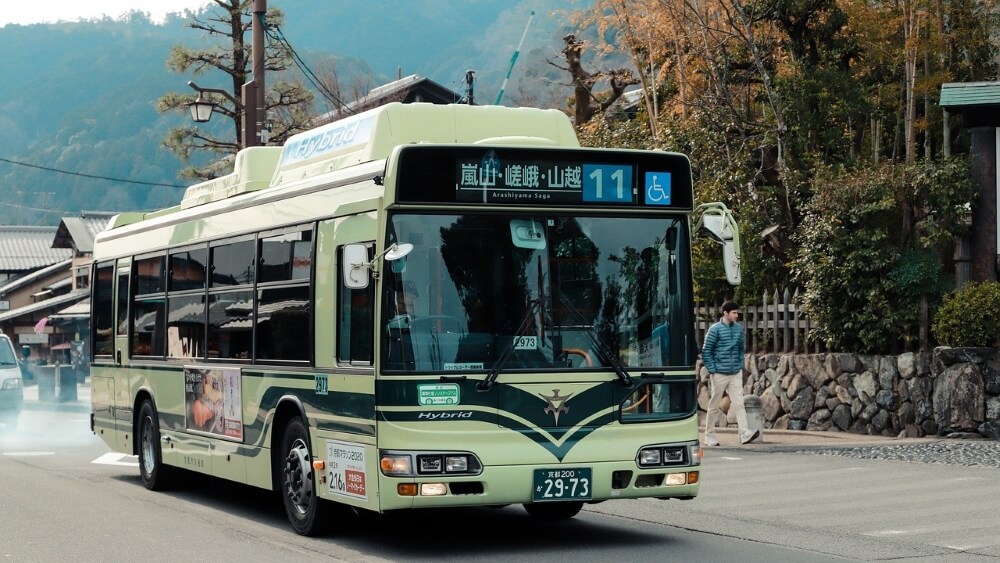
Taxi
Taxis are recommended for efficient sightseeing in Kyoto. As for 2024, the starting fare is 500 yen, with additional charges based on distance and time. Since some taxis may not accept credit cards, it’s recommended to prepare cash. The majority of taxi drivers in Kyoto speak English, but having your destination or desired location written in Japanese can ensure a smooth taxi experience. Taxi apps like Uber are also available in Kyoto.
Bicycle
Kyoto’s flat terrain makes it an ideal city for cycling. Finding rental bike shops and shared bike services in the city is easy. Exploring the city’s streets at your own pace allows you to enjoy the authentic atmosphere and local culture. Also, numerous cycling tours are provided in Kyoto.
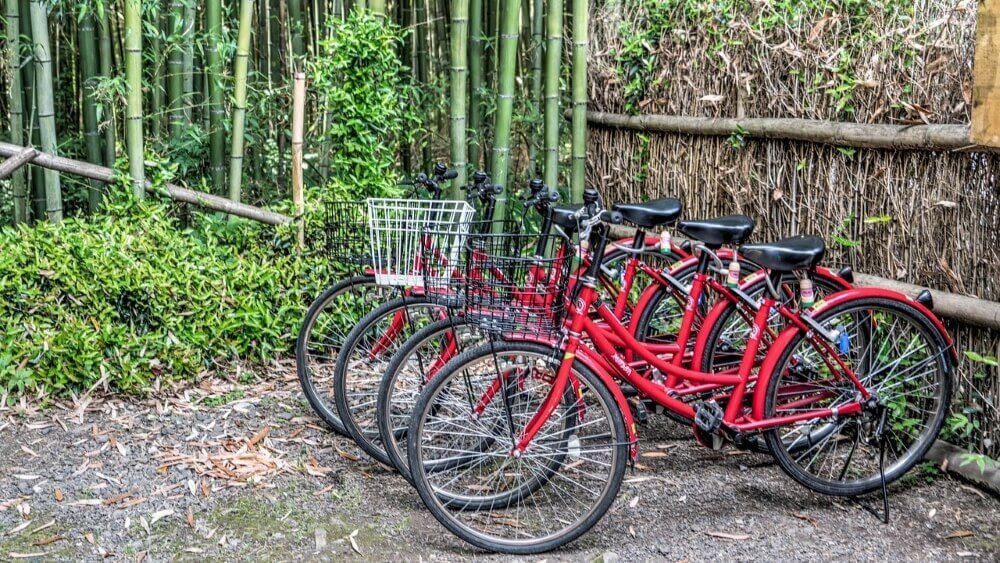
Rickshaw
In Kyoto, rickshaws (Jinriki-sha) are used as a traditional and charming means of sightseeing. They are generally offered on sightseeing routes and on a time-based basis. Dedicated rickshaw pullers guide visitors through tourist spots and share historical anecdotes in English.
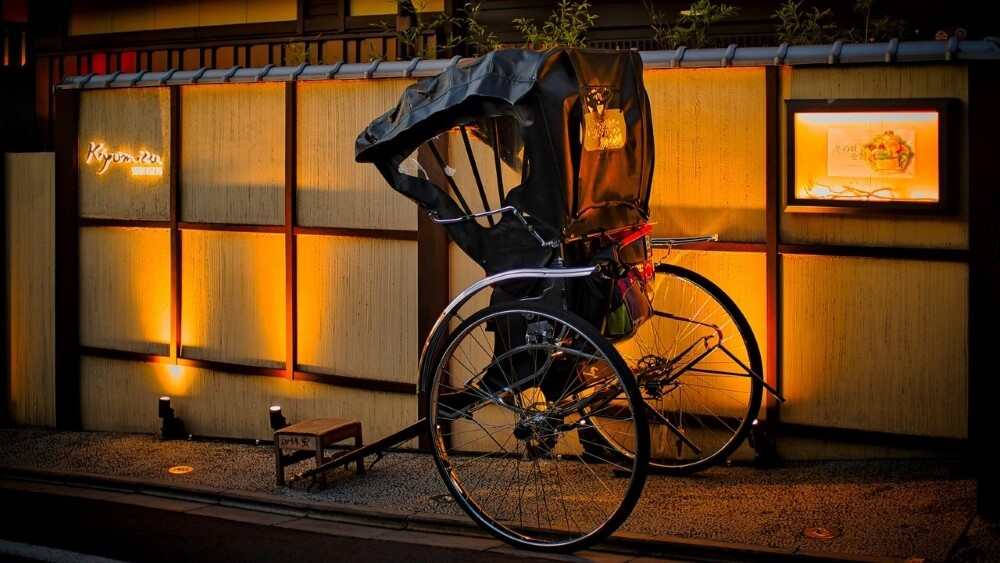
Kyoto Living Guide
Living Environment
Kyoto is a city rich in historical sites, abundant nature and cultural facilities. It’s also known as a student city, with many universities. The city offers a range of reasonably priced dining options and great transportation networks, creating a friendly living environment that suits people of all ages.
Kyoto hosts a lot of seasonal events and traditional festivals, which attract visitors from all over the world, especially in spring and autumn. While its popularity as a global tourist destination brings many benefits, it also has some negative aspects for residents. Recently, the local government has started taking steps to protect residential areas due to the growing number of tourists.
Cost of Living in Kyoto
Living in Kyoto is generally less expensive than in Tokyo, though it’s slightly higher compared to other parts of the Kansai region. Rent varies depending on the area, with one-room apartments averaging around 40,000 to 60,000 yen, and family-sized apartments ranging from 70,000 to 120,000 yen, but in the city centre.
Utility bills typically range from 10,000 to 15,000 yen per month, but they can vary depending on the season due to Kyoto’s large temperature swings. Monthly food expenses are about 30,000 yen, which is similar to other areas. Eating out has wide options ranging from casual family restaurants to Michelin-starred spots. A monthly transportation pass costs around 5,000 to 8,000 yen, and many people choose to bike to work or school, which helps keep transportation costs down.
Overall, the cost of living in Kyoto, including rent, is roughly 150,000 yen per month.
Kyoto Travel Guide
Top Tourist Attractions
Kyoto has countless attractions. Listed below are just a few of the tourist attractions we recommend. Keep sufficient time for sightseeing in Kyoto.
Gion
An area where Kyoto’s history and traditions come to life. If you’re lucky, you might even see a geisha or maiko. In the evening, traditional izakayas open their doors, while during the day, you can enjoy a tea ceremony experience with matcha and Japanese sweets.
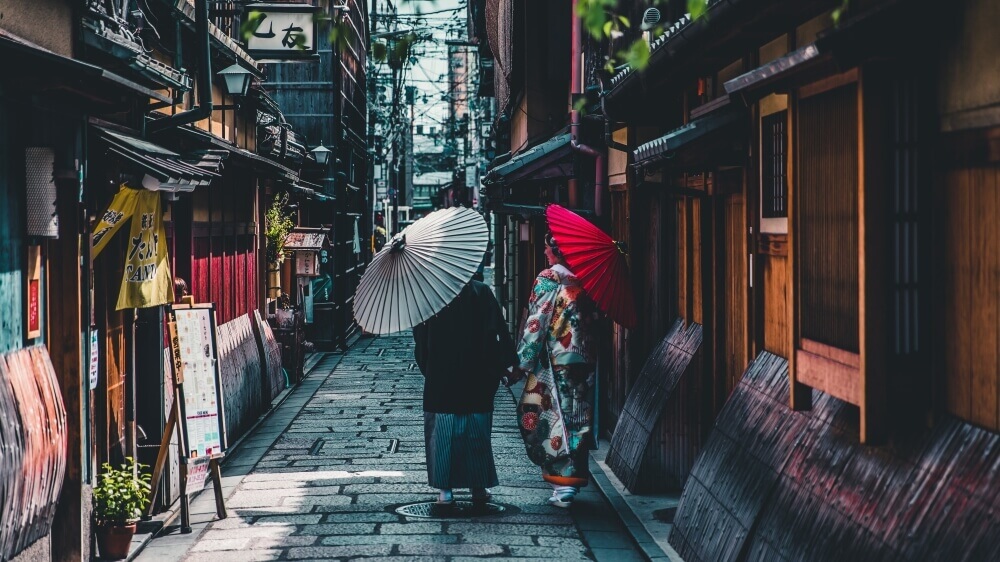
The Kyoto Samurai and Ninja Museum
The museum offers an immersive experience of the mysterious world of samurai and ninja. Customers can disguise themselves as samurai or ninja, experiencing traditional techniques.
Website: https://mai-ko.com/samurai/
Saihoji (Kokedera)
It’s known as the Moss Temple, offering a serene experience of Japan’s beauty and wabi-sabi. You can also partake in Shakyo (sutra tracing) here. Remember to book online in advance to visit.
Website: https://saihoji-kokedera.com/en/
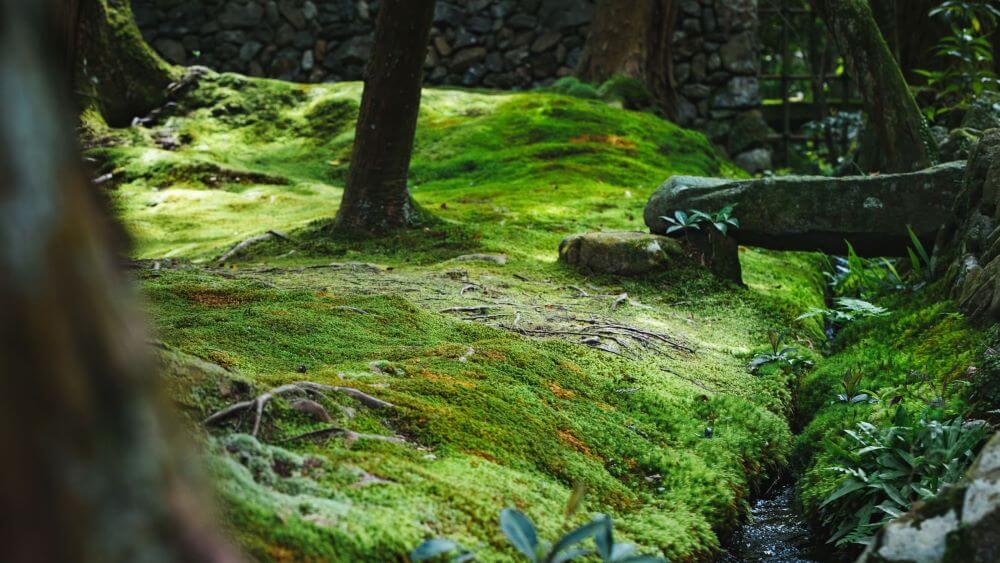
Kinkaku-ji (Golden Pavilion)
A jewel in Kyoto’s beautiful landscape and history, the three-tiered tower covered in vibrant gold leaf harmonises beauty with intricate carvings.
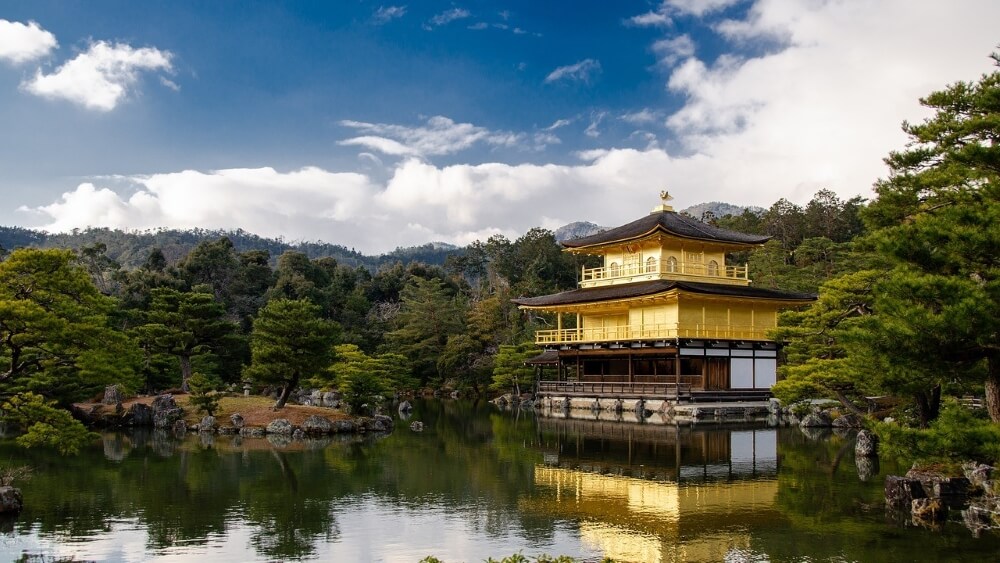
Kiyomizu-dera
Perched on a picturesque hill, Kiyomizu-dera is a symbol of Japan’s history and beauty in Kyoto. With the autumn foliage of maples it offers stunning seasonal views. The panoramic scenery from the stage is spectacular.
Website: https://www.kiyomizudera.or.jp/en/
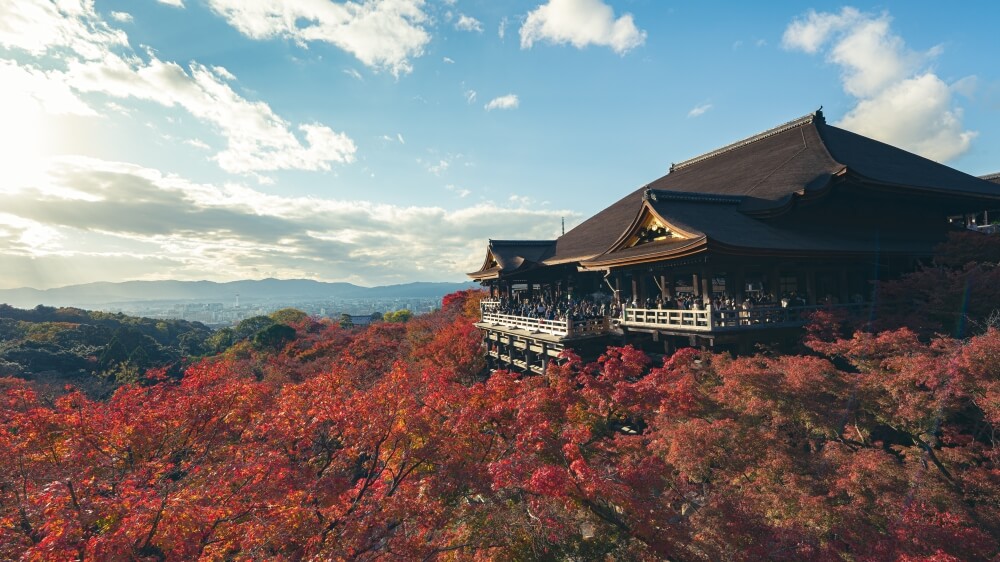
Fushimi Inari
Famous for its thousand torii gates, which provide a unique and mystical atmosphere. It is known as a shrine of prosperous business and abundant grain.
Website: https://inari.jp/en/

Arashiyama
With beautiful nature, Arashiyama is famous for both its cherry blossoms and autumn foliage. Do not miss visiting the bamboo groves and taking a trolley train.
Website: https://www.arashiyamahoshokai.com/
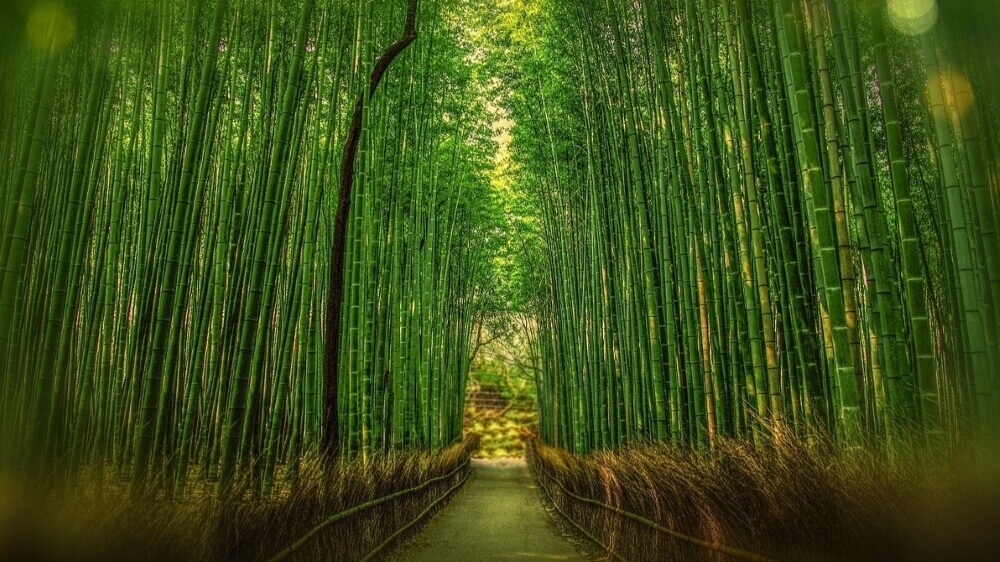
Kyoto Food Specialities
Kyoto is a treasure trove of Japanese culinary culture, offering traditional, refined dining experiences. Enjoy their authentic local food such as Yuba, sea eel dishes, and matcha sweets. Whether in hidden traditional restaurants or street stalls and markets, you’ll find some seasonal delights in Kyoto.
Examples of Kyoto’s food specialities:
- Obanzai: Kyoto’s traditional home-cooked cuisine, a variety of small dishes using local fresh ingredients.
- Yuba: A traditional Kyoto ingredient made from soybeans, referring to the thin skin that forms on the surface of tofu.
- Hamo Cuisine: “hamo” is a premium fish eaten in the summer, prepared in different ways such as steaming, frying, or in a hot pot.
- Kyoto Sweets: Kyoto is home to many wagashi (Japanese traditional sweets) like Matcha sweets and warabi mochi.
Seasonal Events & Festivals
- Aoi Festival (May): Kyoto’s oldest festival features a majestic parade with participants dressed in elegant costumes from the Middle Ages.
- Gion Festival (July): The most famous festival in Kyoto, celebrated throughout the month with a variety of events. Beautiful lanterns light up the streets, creating a magical atmosphere.
- Daimonji Bonfire Festival (August): A mystical event where giant bonfires in the shape of Japanese characters are lit on five mountains surrounding Kyoto.
- Jidai Festival(October): A historical parade that faithfully recreates over 1,000 years of Kyoto’s past, with people dressed as samurai, noblemen, and other figures from different eras.
- Cherry Blossom Viewing: Kyoto is known as one of the best cherry blossom viewing spots in Japan, and the best season is from late March to mid-April. The cherry blossom tunnel in Arashiyama, weeping cherry blossoms in Tofuku-ji, and the low-height cherry blossoms at Ninna-ji are particularly well known.
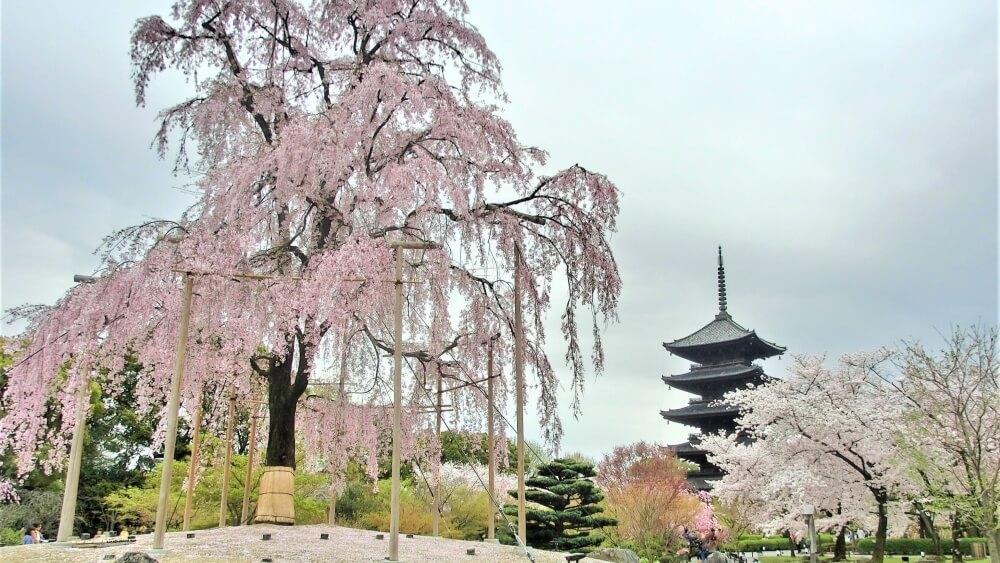
- Autumn Foliage viewing: The vibrant hues of red and yellow foliage create a breathtaking harmony with the beauty of traditional temples in November in Kyoto. Tofuku-ji, Kiyomizu-dera and Arashiyama are especially famous for their fall colours.
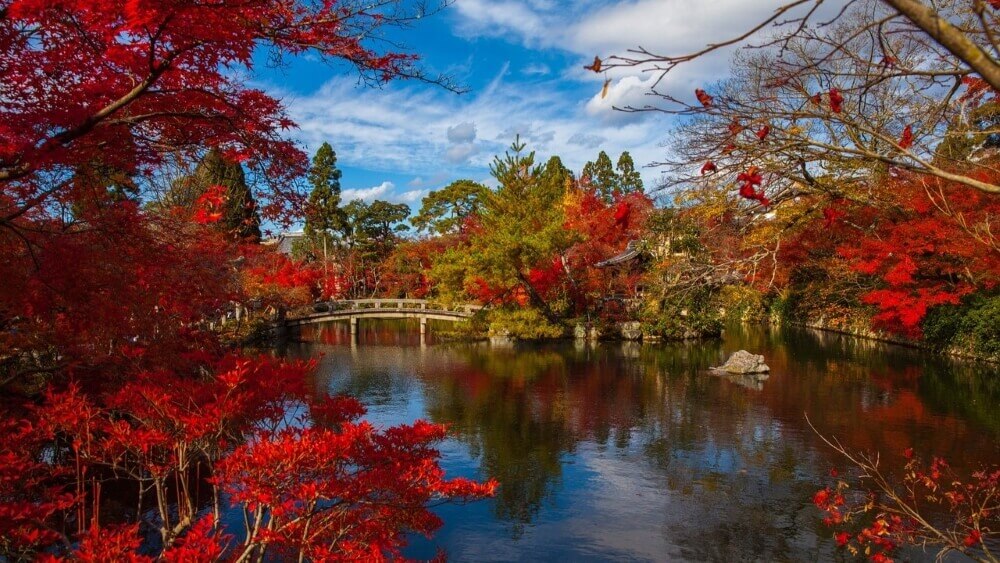
A trip to Kyoto is an opportunity to immerse yourself in ancient traditions coexisting with the modern city, creating experiences that transcend time.
